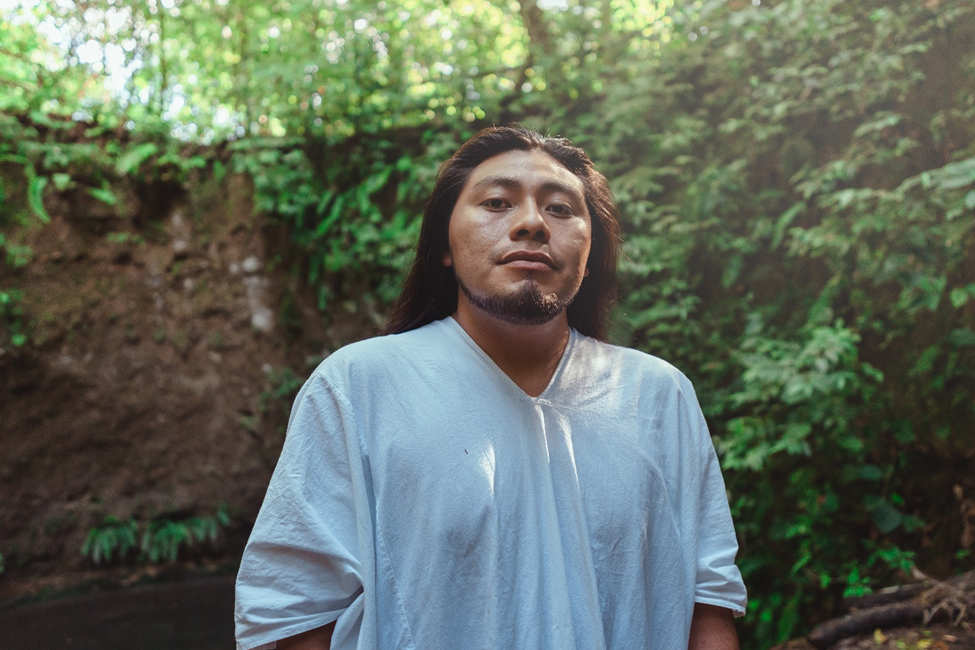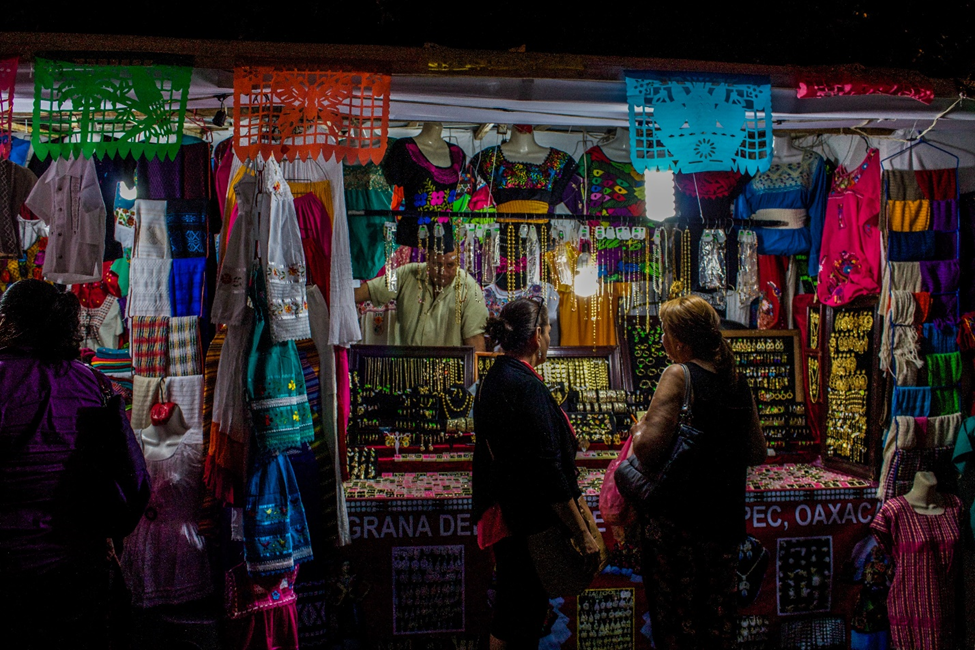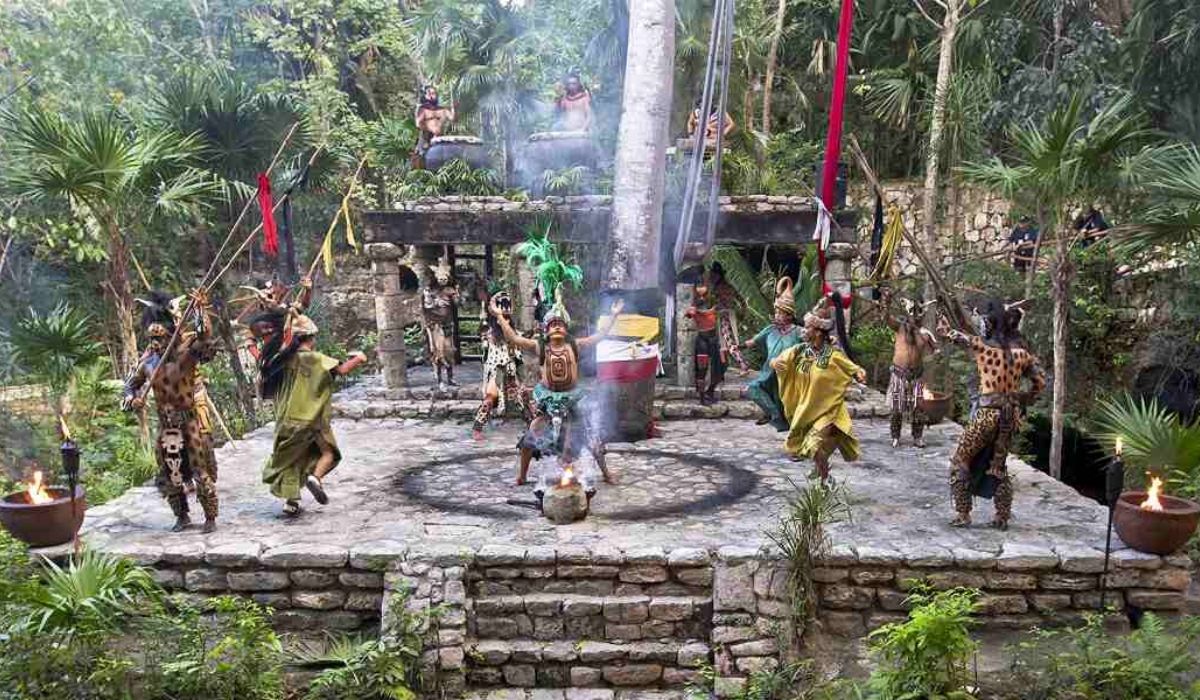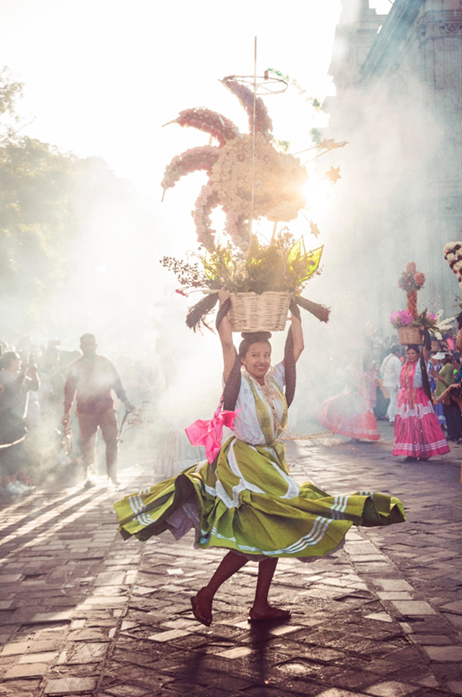
Importance of Indigenous Involvement in Tourism Development

Indigenous involvement in tourism development is crucial
Picture this: cultural education and interpretation that breathe life into traditions, a vibrant marketplace brimming with authentic cultural treasures, the rallying cry of policy advocacy and representation, and the gentle footprints of ecotourism echoing through ancestral lands. Indigenous communities showcase some of the world’s richest and uniquely diverse cultures, a stark departure from the Eurocentric norms many people are accustomed to. This captivating contrast is driving the surge in cultural tourism, propelling it as one of the fastest-growing segments in the industry. Within this realm, travelers seek encounters with gastronomy, heritage, religious sites, craftsmanship, and festivals, all offering a captivating lens through which to view the world.
Similarly, according to a report by the TICAA Consortium, Indigenous communities around the world conserve around 22% of the biodiversity of the Earth and around 21% of the global land. This represents a more significant percentage than the land and biodiversity conserved by States, including federal lands and national parks. Several scholars agree that the traditional knowledge of Indigenous Peoples is valuable for land and resource conservation. Thus, their involvement in development programs, including tourism development programs, is essential.
Tourism can stimulate economies, promote infrastructure development, and protect natural and cultural resources. However, it’s crucial to recognize its impact on Indigenous communities and the need for cultural connection. The reckless commodification of cultural assets alienates Indigenous communities, perpetuates cultural exploitation, and endangers biodiversity. Indigenous Involvement in the decision-making processes of tourism development and policy formulation is essential to ensure that the magic of cultural tourism benefits everyone involved, preserving authenticity and fostering mutual understanding.
Exploring Indigenous and cultural tourism
Indigenous tourism, a form of cultural exchange celebrating Indigenous cultures, relies on the active involvement of Indigenous communities. This involves cultural tours, homestays, art exhibitions, storytelling, and traditional activities. Examples of these include the Canadian coastal adventures curated by Abegweit Mi’kmaq Nation, the hiking tourism trail led by the Raramuris in Mexico, and the Daintree Rainforest experiences organized and executed by Kuku Yalanji people of Australia. When done correctly, Indigenous tourism goes beyond low-skill labor and contributes to the well-being and empowerment of Indigenous peoples.
However, an example of how easily governments can exploit cultural assets without actively involving Indigenous Peoples is the use of prehispanic cultural heritage in the Maya area of Mexico where the federal government has approved the construction of several infrastructure projects such as Xcaret, offering the ancient Maya culture as an attraction (essentially, cultural appropriation), and where contemporary Maya people are usually only employed as low-skill labor. By reevaluating actions, utilizing international legal frameworks, and stepping back from a critical perspective, significant improvements can be made.

Stages of involvement of Indigenous people in Tourism
For centuries, Indigenous communities have been participating in tourism. Initially, visitors commodified them for pleasure, but as awareness grew, they began exhibiting their artifacts and traditions. This phase led to the realization that preserving culture was crucial, but actions toward preservation often happened outside the communities. Today, Indigenous communities actively engage in tourism, sharing their culture and traditions with visitors, asserting control over their cultural and natural resources, and taking the reins of their own narratives.
International law, such as the International Labor Organization Convention No. 169 and the United Nations Declaration on the Rights of Indigenous Peoples, recognizes and protects the rights of Indigenous peoples, including self-determination, cultural preservation, and involvement in land and resource decisions. These frameworks promote equality, justice, and respect for diverse cultures, and they have been the starting point of the involvement of Indigenous People in tourism development programs as agents rather than as elements of observation. In practice, challenges and conflicts may arise when balancing economic development with the rights and well-being of indigenous communities. Tourism development requires collaboration between governments, businesses, and civil society organizations to respect indigenous communities’ rights and ensure meaningful benefits.

Why Indigenous involvement in tourism development holds significance
We can acknowledge Indigenous communities’ autonomy by empowering them economically, socially, politically, and psychologically while recognizing their historical oppression. Thoughtfully planned and community-led tourism development can help achieve this change:
Economic empowerment: Tourism, including guided tours, homestays, artisan crafts, and local food, can provide Indigenous populations with a sustainable revenue source. It can also diversify sources of income, minimize reliance on a particular business, and generate employment opportunities within the community
Social empowerment: Tourism can help keep Indigenous customs and cultures alive. Communities are inspired to uphold their cultural heritage when tourists actively engage with them. Similarly, as Indigenous communities collaborate to promote their culture and oversee tourism-related activities, tourism can help them feel more united.
Political empowerment: Indigenous groups have greater influence in discussions on land rights and tourism development, given their rights to their ancestral lands and resources. This ensures federal governments consider their opinions in the policy-making processes.
Psychological empowerment: As Indigenous tribes share and are recognized for their distinctive traditions, tourism can increase cultural pride within those communities. When communities take control of their tourism projects, their sense of identity, purpose, value, and self-esteem can be strengthened.
This empowerment is also linked to the conservation of cultural and natural resources. Indigenous tourism serves as a means to preserve and revitalize cultures by providing a platform for the transmission of traditional knowledge and practices to future generations. This can foster cross-cultural understanding, environmental stewardship, and the promotion of responsible tourism.
UNWTO Recommendations
Several means can achieve these measures, but the United Nations World Tourism Organization offers recommendations that should be considered:
- Respect for the cultural values and the cultural capital of Indigenous groups.
- Transparent and permanent consultation with the Indigenous communities.
- Equitable partnerships that ensure the protection and conservation of their natural and cultural resources, as well as their intellectual property.
- Protection of these groups to ensure the evitability of the adverse outcomes of any tourism development plan.
- Design of Indigenous tourism products in collaboration with Indigenous communities.
- Distribution of benefits to the Indigenous communities.
The active involvement of indigenous peoples in tourism development not only enriches the visitor experience but also serves as a powerful means to showcase their abundant cultural heritage and profound wisdom.

Indigenous knowledge: a path to a brighter, inclusive future
Indigenous communities, through their traditional ecological knowledge, can also play a crucial role in environmental conservation. Integrating indigenous perspectives into tourism planning can balance economic development with environmental preservation, prioritizing nature-based experiences and incentivizing indigenous communities to protect their natural resources. In this sense, circular tourism, characterized by reducing waste, conserving resources, and engaging local communities, is a great collaborative approach. This is a great first step towards creating more responsible tourism practices aimed at cultural and environmental conservation.
Indigenous voices provide novel viewpoints, ground-breaking concepts, and revolutionary programs. Any tourism development program worth its salt must consider Indigenous communities’ rich cosmologies and respect their roles as valued partners in the preservation of both culture and nature. They have long fought for their due status as caretakers of their cultural and natural heritage, and are the beating heart of a more inclusive and sustainable future for the tourism industry – a beautiful dance between tradition and progress.
Interested in learning about how Solimar recognizes the importance of Indigenous involvement in tourism development? Click here to read about our projects.
Tags: #solimarinternational, #SustainableTourism, #tourismdevelopment, #tourismstrategy, Indigenous Voices, indigenouspeoples, responsible tourism, sustainable tourism, Tourism Planning
